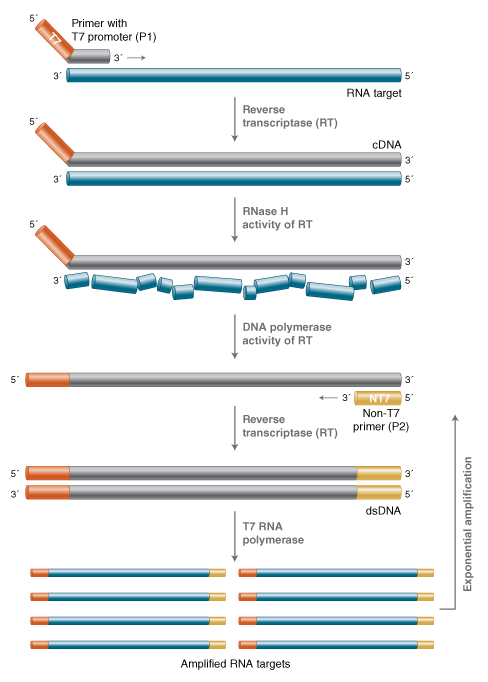DRUG SENSITIVITY TESTS:
The isolated organism is subjected to drug sensitivity test in vitro for selecting appropriate antibacterial drug. Antimicrobial drug sensitivity tests are useful in treatment of infections. It can be done by one of the two principle methods.
Disc diffusion method:
Filter paper discs of 6 mm diameter are impregnated with optimum amount of drug (related to blood or urine levels attained by the drug). The discs may be dried in an incubator and stored in refrigerator. Liquid culture of bacteria in broth is flooded on a solid medium in a plate (Mueller Hinton agar or nutrient agar) and excess is thrown away. Alternatively, the culture plate may be subcultured by the bacterial culture by streaking. The medicated discs are then placed on the surface on the plate and incubated overnight. The zone of inhibition around the disc is noted.
Stoke’s method: The outer side of the plate is inoculated with a standard organism and the test organism in the middle of the plate and the zone of inhibition around the disc is compared.
Result: The zone inhibition of isolate is compared with zone inhibition standard bacterial strains and sensitivity of the particular drug is determined.
*Sensitive / *Moderate sensitive / *Resistant
Kirby – Bauer Method: Using a sterile cotton swab, spread the test culture over Mueller Hinton agar plate evenly. There should be a confluent growth after incubation. Allow the plate to dry for 3-5 min. place antibiotic disc on surface. Incubate at 37ºC for 18-24 hours. Measure the zone of inhibition including disc diameter.
Result: Measure the zone of inhibition including disc diameter.
*Sensitive / *Moderate sensitive / *Resistant
Primary sensitivity tests: Urine or fluid specimen containing bacteria is directly inoculated on a solid medium and medicated disc are placed on the surface of the plate and incubated.
Tube dilution method:
It is a laborious procedure but useful in assessment of therapeutic dose.
Method: Serial tube dilutions of the drug in broth are inoculated with the bacterium under test and incubated.
Observation: Lowest concentration of drug inhibiting bacterial growth represents minimum inhibitory concentration (MIC), bacteriostatic effect. Minimum bactericidal concentration (MBC) is then determined by subculture from the tubes of MIC test into solid media. Bacterial growth on solid media indicates presence of surviving bacteria. The lowest concentration of the drug that kills all the bacteria is found out from the appropriate tube, which will not show any growth on subculture.






